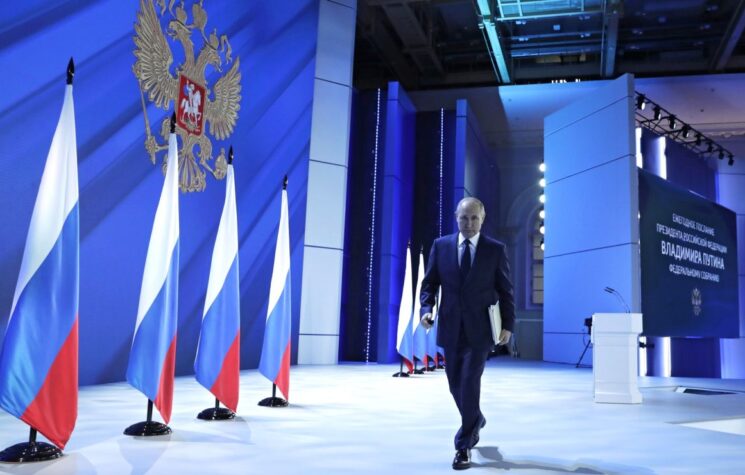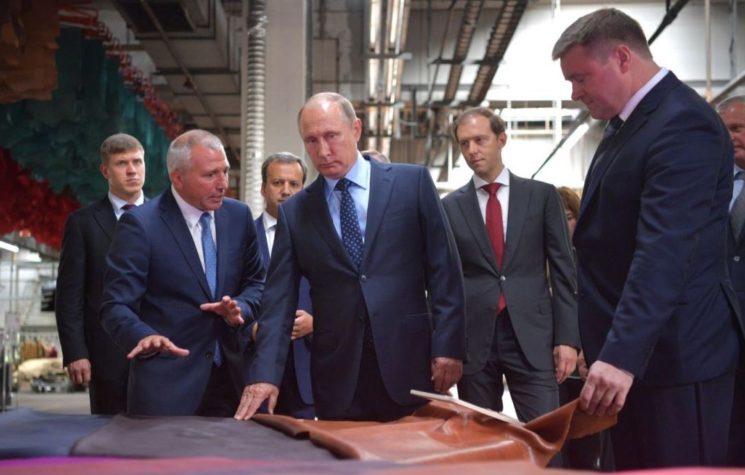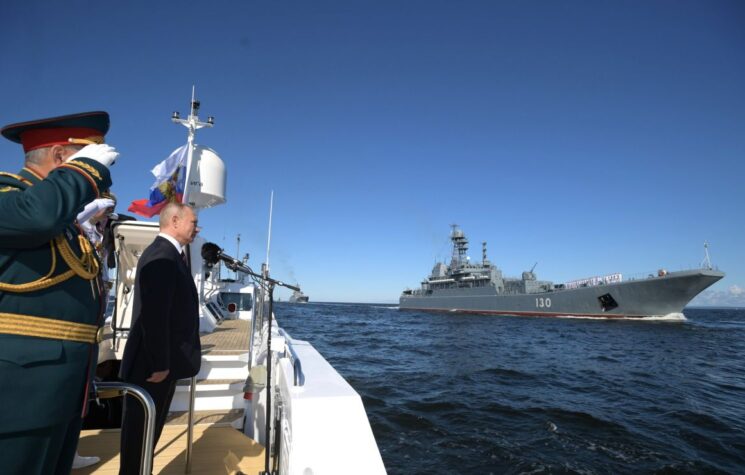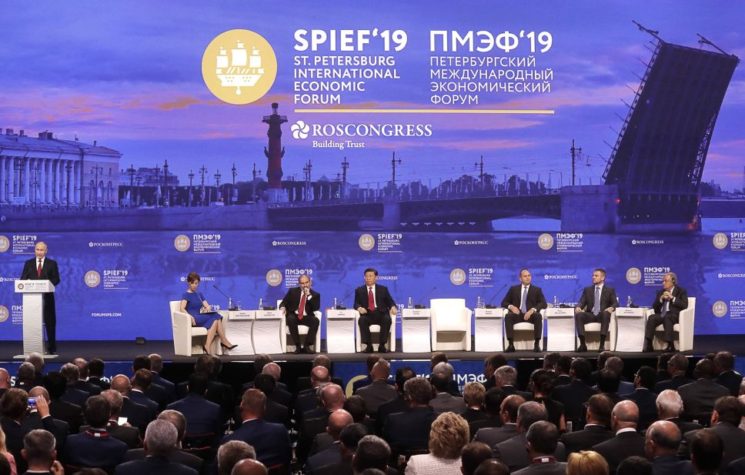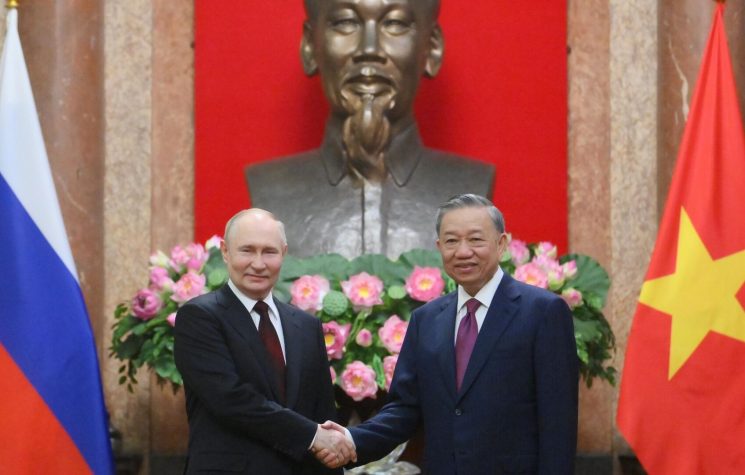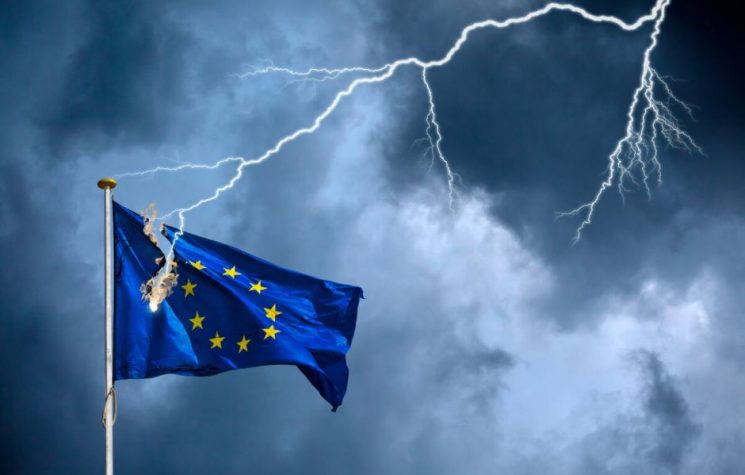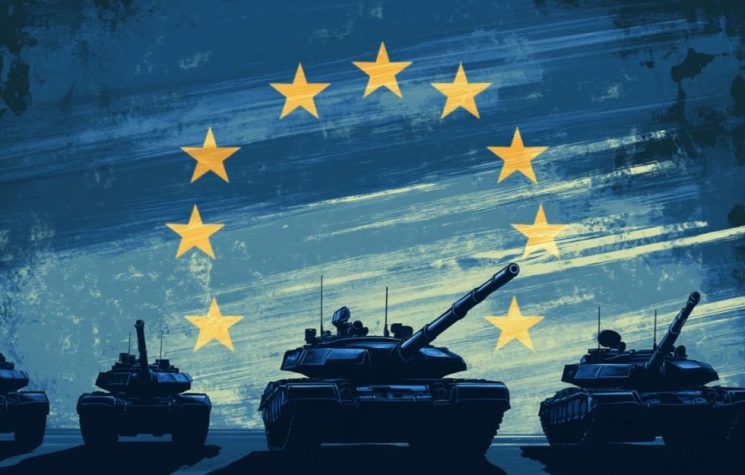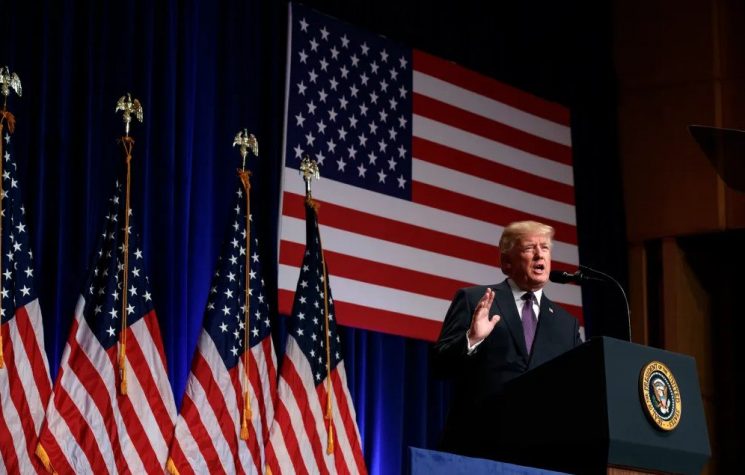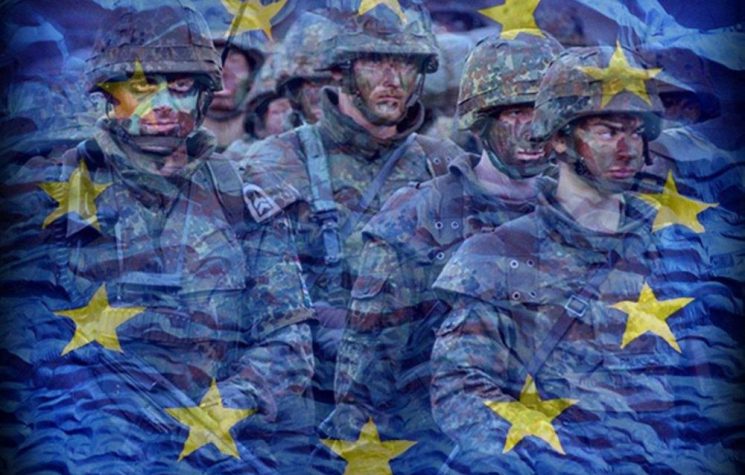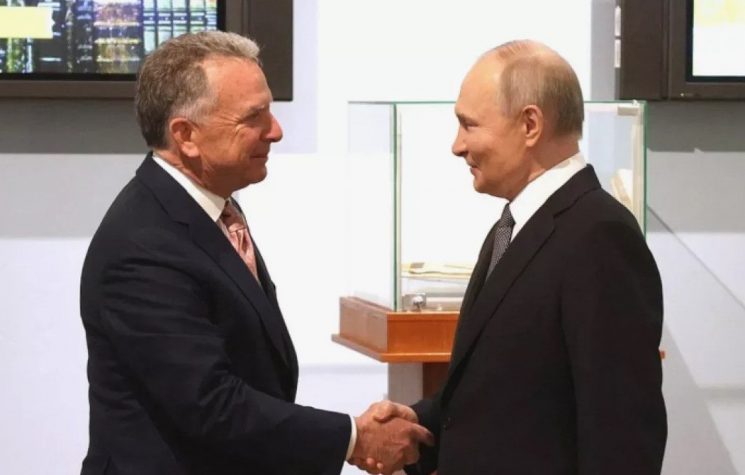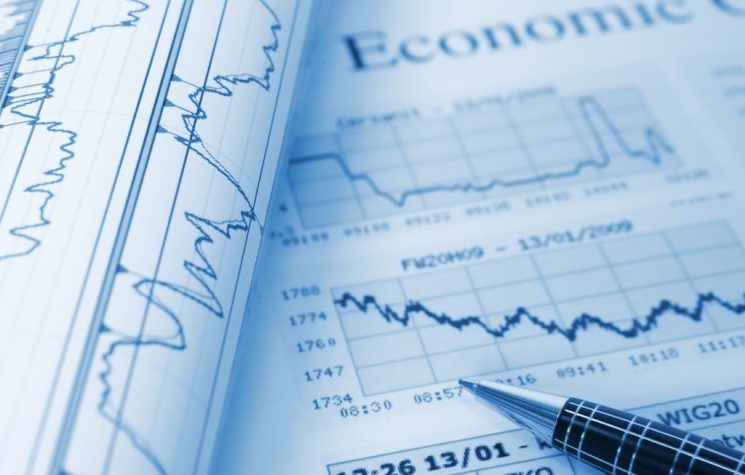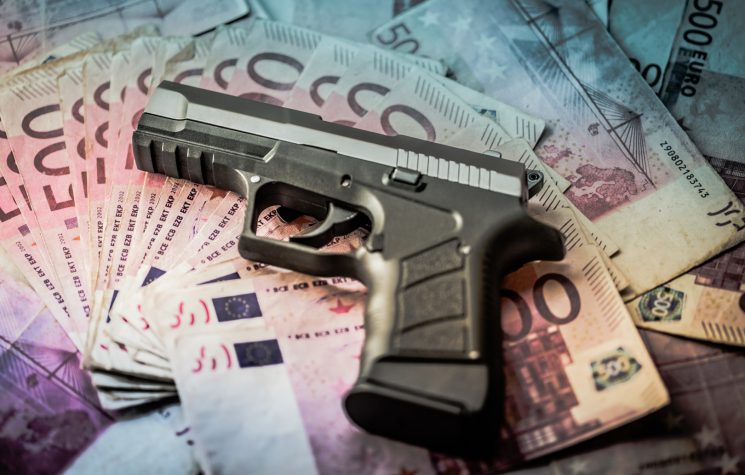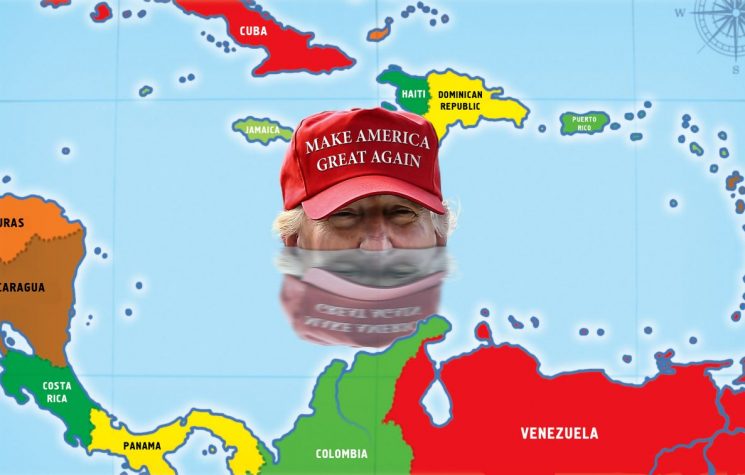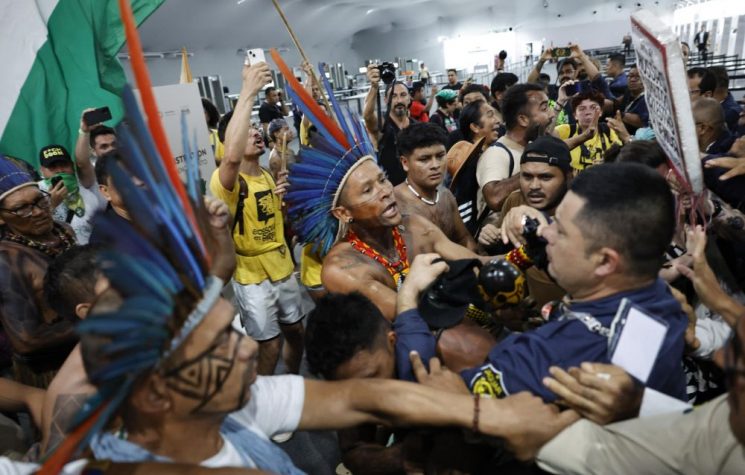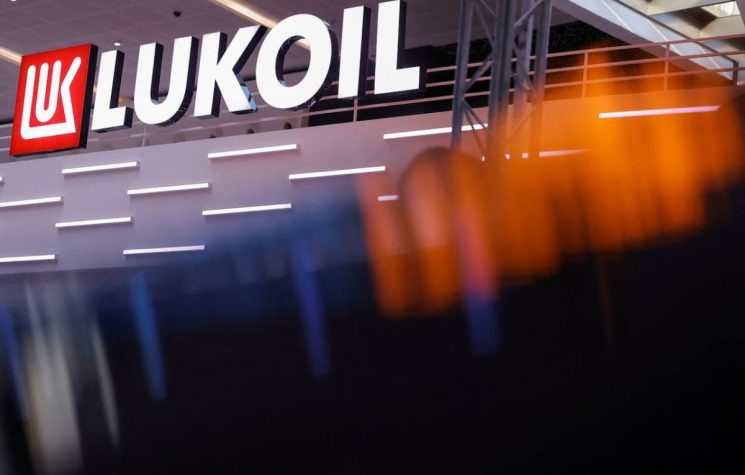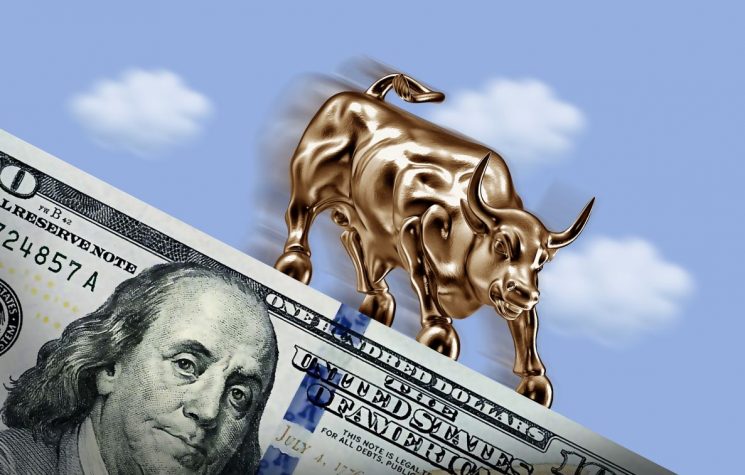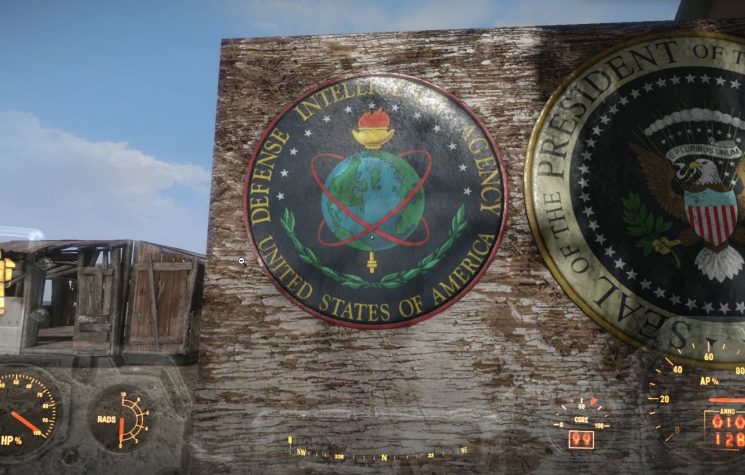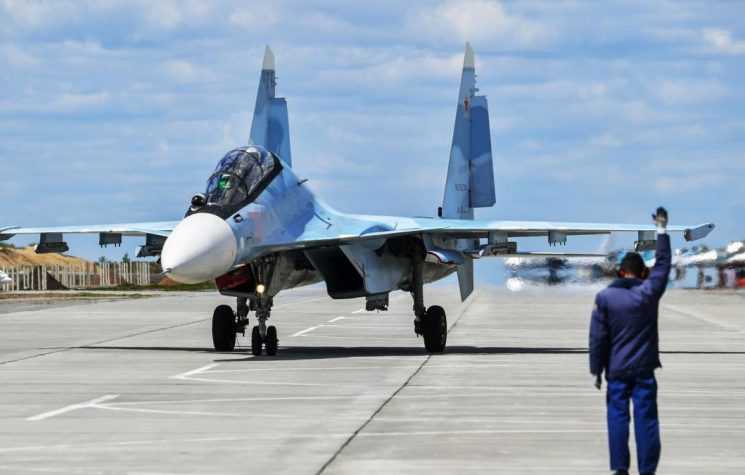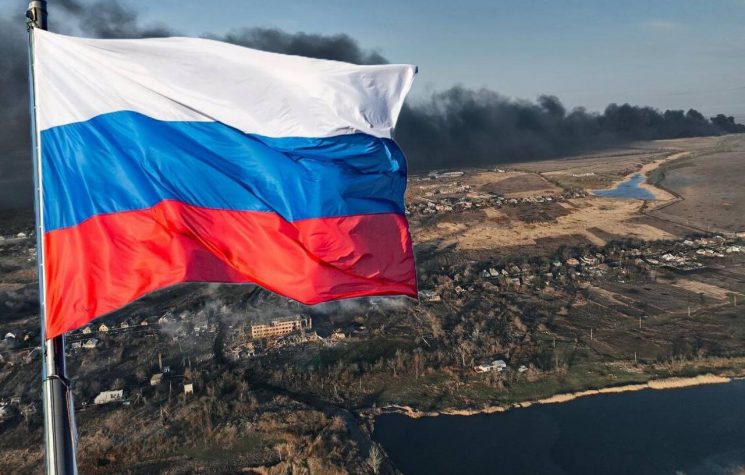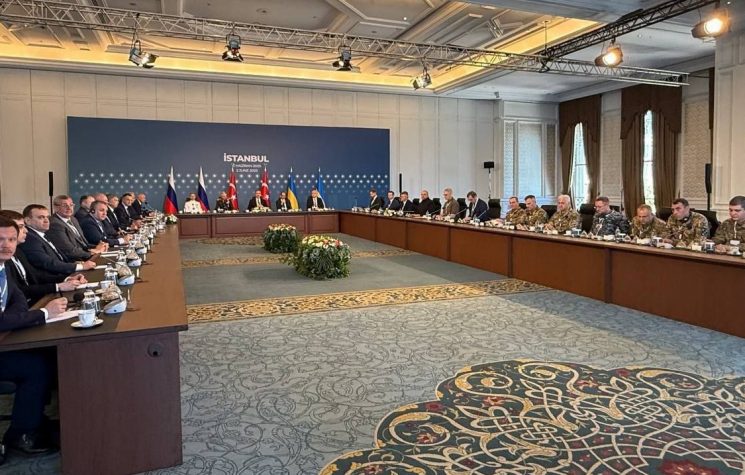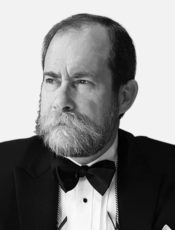When you see a Western piece saying that Russia is deficient in this or that, it’s wise to see it as just a projection of the West’s shortcomings.
One of my most reliable guides to finding subjects to write about in these essays is to see what crimes the West is committing. It’s a very good bet that Russia will be accused of them. If the U.S. “accidentally” destroys an MSF hospital in Kunduz, then Russia must be routinely and intentionally bombing hospitals in Syria; if American officials pick the future prime minister of a foreign country, then Russia must be doing it more often and bigger; if Washington condemns reporters on dodgy evidence than Russians must do worse things. Likewise, Western deficiencies are minor at home but huge in Russia. (Admittedly it’s getting harder to say that – especially with the West’s dismal situation with COVID-19 but that doesn’t stop the trying; vide “U.S. takes the top spot on Bloomberg’s COVID Resilience Ranking as vaccine rollout speeds up return to normal.”) And so on: it’s all projection to deflect your attention.
It’s a simple rule that works either way: see what they’re accusing Russia of and it’s a pretty good bet the Western pot is calling the Russian kettle black; note the West’s crimes and misfortunes and expect Russia to be called worse and, if at all possible, twisted to all be Putin’s fault.
Infrastructure is today’s subject and here is Victoria Nuland telling us that
I have written about her pallid effort elsewhere, because it and its companion piece demonstrate the sensational level of ignorance of Washington’s supposed Russian experts and policy-makers. No wonder they get everything wrong and are always surprised: they are only experts in wrongness.
But they’re not alone. Here’s the hoary old of chestnut “duraki i dorogi – fools and roads” hauled out: “After a thousand years, the Russian state still has not learned how to build safe and solid roads. Judge a government by its roads.” The rest of the piece is rather incoherent but the impression is left that Russian roads are still pretty bad. RFE/RL took the occasion of the accident at the Sayano-Shushenskaya hydroelectric power station in 2009 to tell us that “Creaking Infrastructure Evident From Siberia To The Streets Of Moscow” and “The accident has highlighted Russia’s faltering infrastructure and the government’s faltering attempts to deal with it.”
Others repeat that Russia hasn’t “reformed”, whatever that it is. (Parenthetically, in thirty years of hearing this, I have never ever heard anybody specify exactly what this “reform” is and precisely what Putin & Co have to do to do it. Other than resign, of course.) Today this “failure to reform” is often, following the “gas station masquerading as county” line, presented as failure to “diversify”. And, here we are in 2019:
A variation on the decrepit gas station meme is that Russia is squandering money on weaponry instead of more useful things: Here’s’ the Moscow Times in 2015:
Against this background, Russia’s recent military spending binge is all the more notable, for it suggests that the government, desperate to retain popular support amid declining economic performance, is less interested in investing in the most modern equipment than in showing its support for the rebels in eastern Ukraine, even at the price of further economic hardship.
More: Russia Chooses Guns Over Butter, Is the ‘World’s Deadliest Tank’ Bankrupting Russia? Russia’s Defense Industry Finds Itself in a Tailspin.
Poor old Russia: under Putin’s mismanagement, its infrastructure is “creaking”, its unreformed economy is not “diversifying” and it’s blowing its patrimony on guns. Russia’s pretty doomed. As usual.
Or maybe not. It’s not difficult to see the projection and deflection: “America’s Infrastructure Scores a C-“. “U.S. manufacturing: Why 2020 was the bottom of a long decline.” “The spectacular and expensive failures of the U.S. military.” “How To Waste $100 Billion: Weapons That Didn’t Work Out.” As I said at the start: an enormous percentage of Western “analysis” about Russia is the mechanical projection onto it of the West’s “crimes, follies and misfortunes” in the hope that the audience will look over there and miss what’s right here.
So let’s have a look at Russian infrastructure – the military spending and its results are a subject for another paper but there doesn’t seem to be very much waste and ineffectiveness there: Russia has, in twenty years, stepped into the lead in a number of military areas as even Washington is starting to realise. But this spending has not been at the expense of infrastructure.
Let’s consider roads. An Awara report summarises the state of play as of the beginning of 2019. In twenty years expressways have grown from 365 kms to 2050 kms, the plan is that this number will have increased to 7600 kms by 2024. An impressive increase. Local and secondary roads have also seen great improvement. Russia is an enormous country and there is still much to do but no one can say that Putin & Co are ignoring roads. Even ten years ago things were better than the Western “experts” thought: two Russian men made a video of their drive from Moscow to Vladivostok; here’s the first day’s drive. Certainly not four-lane all the way but good two-lane for almost all of it (and where there isn’t, our drivers pass teams and equipment working on it). Roads need bridges and Russia has been constructing a lot of them too. Here is another Awara report on that subject with lots of illustrations. The Crimea railway/road bridge is the standout, of course, but there are plenty of other new bridges in Putin’s Russia. Here’s a list of the ten “most impressive” bridges – six of them built since 2000. If we are to judge governments by their roads, in the USA “40% of the system is now in poor or mediocre condition“. Projection and deflection. But who has the time to drive across such a huge country? Here’s the Awara report on all of Russia’s new airports. Moscow and St Petersburg of course, but also Kazan, Rostov and Sabetta.
Public transit has seen development too. Moscow’s Metro has seen a completely new line built in the period and construction on another new one has begun. Current rolling stock averages 15 years old and new trains are in process of construction. 63 new stations. The St Petersburg metro is also growing. Kazan has acquired a metro system since the fall of the USSR. (Even Russia’s fantasy metro lines are growing!) So there is certainly no lack of infrastructure renewal and construction in Russian’s underground transit systems (and many of them are remarkably decorated and immaculately maintained). Above ground, here’s a suburban train and one of Moscow’s spiffy new trams and not so spiffy trams in Nizhniy Novgorod.
The venerable Trans-Siberian Railway and the BAM line are both being improved to take more traffic at higher speeds: tonnage on the two is up about 50% since 2012. A century-long planned rail line to Yakutsk has opened making a train trip from London to Yakutia a possibility. The first high-speed rail between Moscow and St Petersburg has been operating for some time and a line is being built between Moscow and Kazan. Other links have been improved so as to be faster.
And that’s just transportation. We could equally mention the 19 COVID purpose-built hospitals, or the quick development of the Sputnik vaccine. Or the constriction of the world’s largest icebreaker, growth in shipbuilding, the world’s only operating floating nuclear power station. New power stations in Crimea – Russia’s “newest Potemkin village” as the usual “experts” call it. Housing construction has been about 80 million square metres a year for some years. Here’s a new housing development in Yekaterinburg. There’s a video series “Made in Russia“: it’s in Russian, but you’ll get the idea, Lots of things are going on. But enough enumeration: there is plenty of improvement and development of Russian infrastructure and Russians can see it. So much so as to make the America “expert’s” opinions proof that they are, after all, only expert at getting it wrong. But, as I said, it’s projection: “Amtrak’s flagship high speed service” averages 113.1 kph; the Sapsan averages 180 kph. (neither anything like China, of course.) Can’t have Russia doing better than the USA can we? Except, of course, for sanctions-proof rocket engines.
For those who are interested, there are lots of videos in which one can get an impression of the state of things. For example Spassk-Dalny, local Moscow store, “Russia’s poorest town“, a series on a small town Fryazino, a village store, a grocery store in Siberia. There’s a series of videos by an American Orthodox priest who’s moved to Russia and a blog by an American living there that talk about the situation they find. The picture is very far from a decaying clapped out and sagging structure in which the government, obsessed with buying guns, lets the whole thing decompose. Even the Moscow Times, when it’s not banging on about the “military spending binge”, “declining economic performance” and “further economic hardship” knows about “Russia’s Massive Infrastructure Overhaul, in 5 Examples“. Projection and deflection again.
Or we can maybe sum the whole thing up by saying that Putin drove a Russian-designed and -made luxury car along a newly-constructed highway.
Now this is not to dismiss the possibility that a good deal of what Russia is doing today is coasting along on Soviet left-overs. Anatoly Karlin argued, with much evidence, something along this line in 2018: Russia’s Technological Backwardness. Perhaps this is the case, but it certainly cannot be said that there has been no infrastructure built. We will learn over time whether Russia is just coasting along or gathering pace, but it certainly does seem that the West is slipping behind in infrastructure maintenance and construction – especially the USA. So, I repeat: when you see some Western piece saying that Russia is deficient in this or that, it’s wise, as a first step, to see it as nothing but a projection of the West’s shortcomings to deflect from facing up to them. These pieces are not really about Russia at all.








